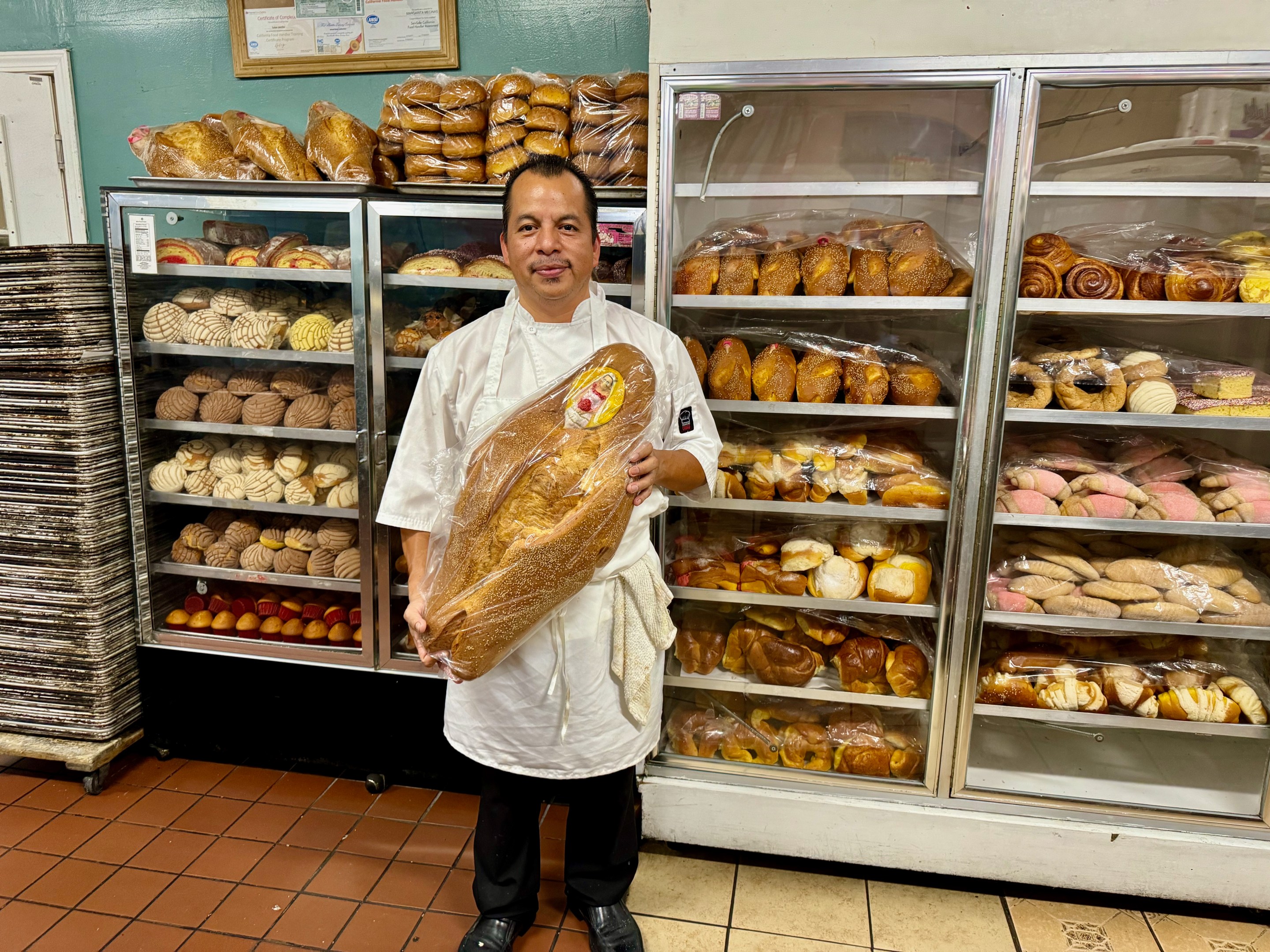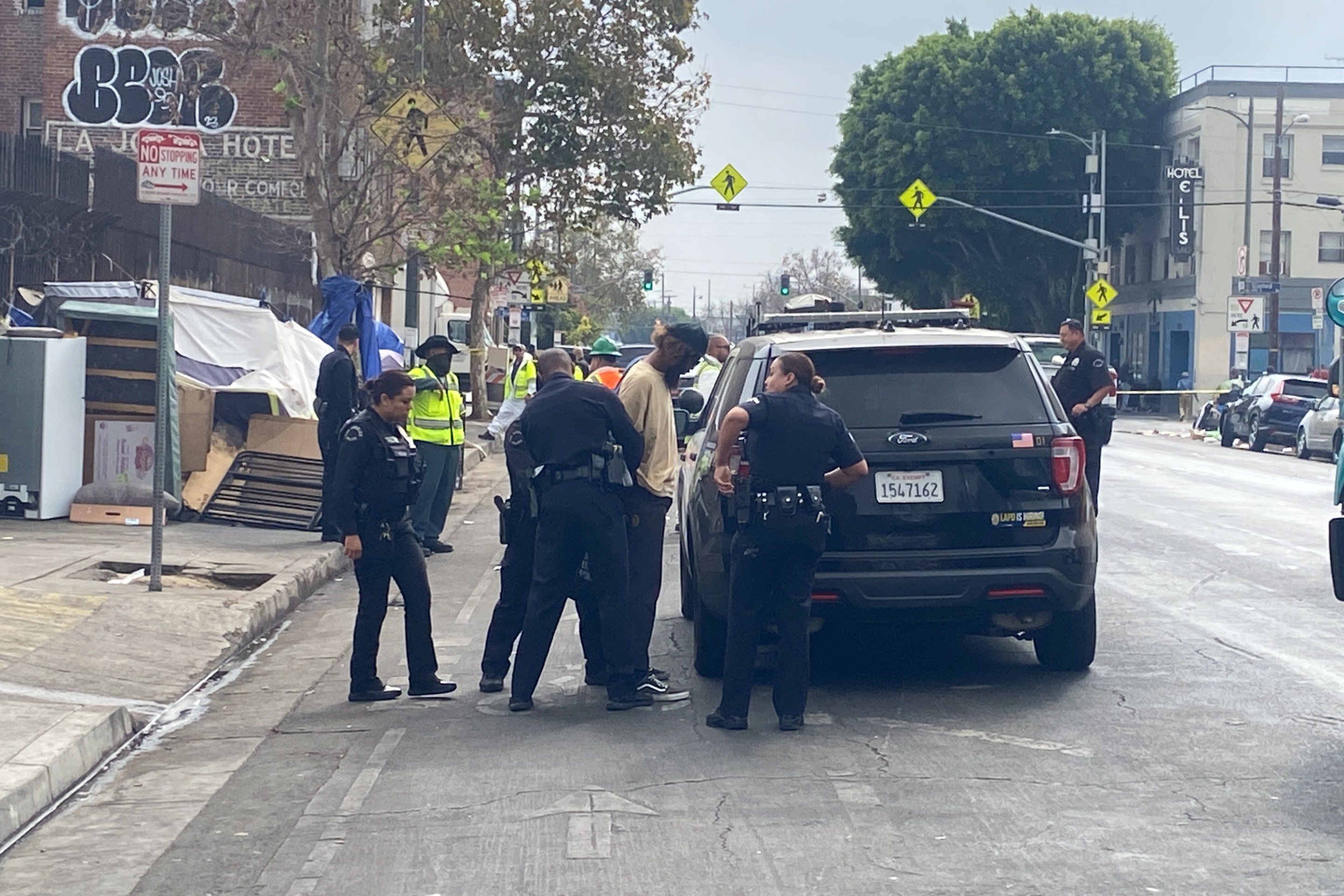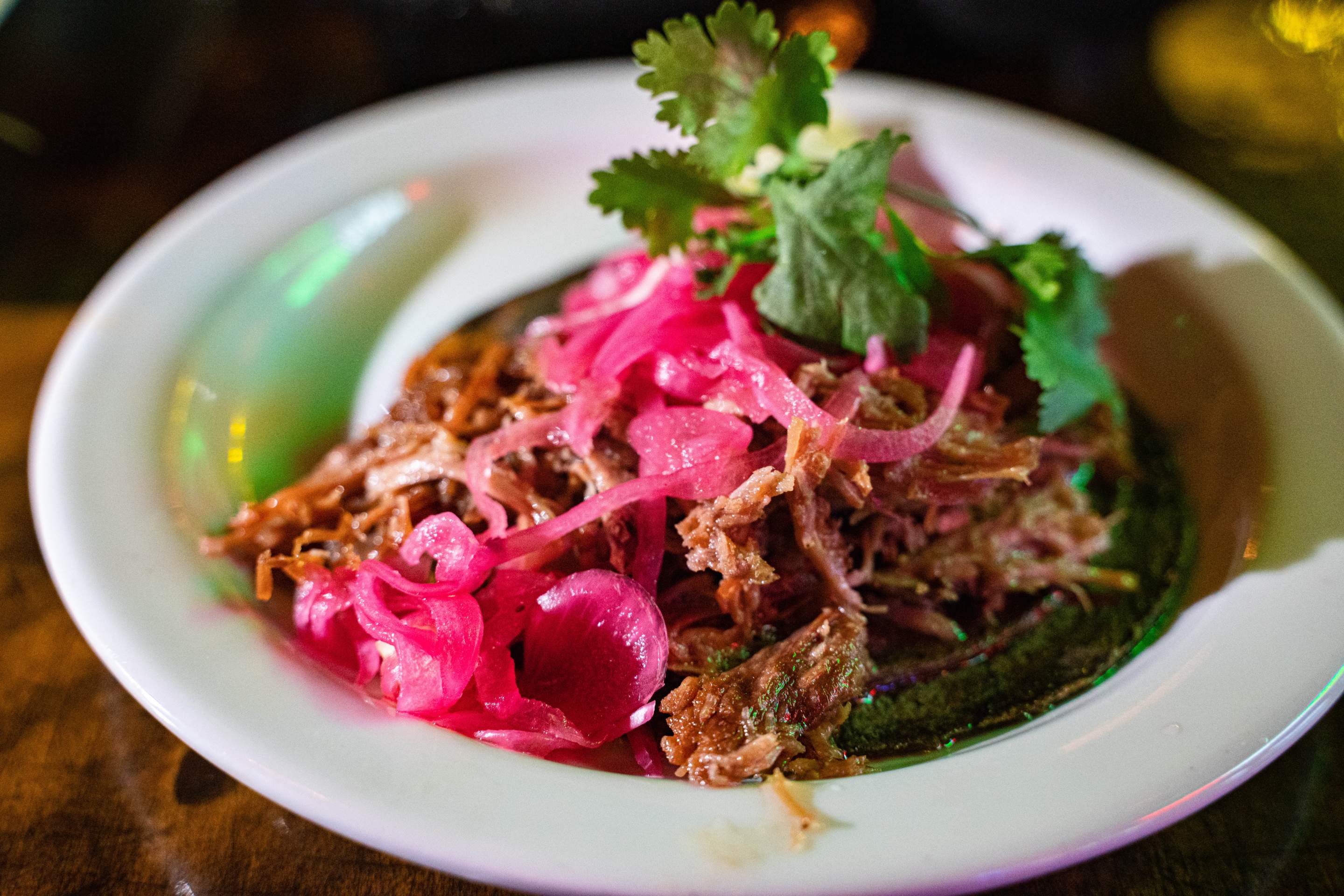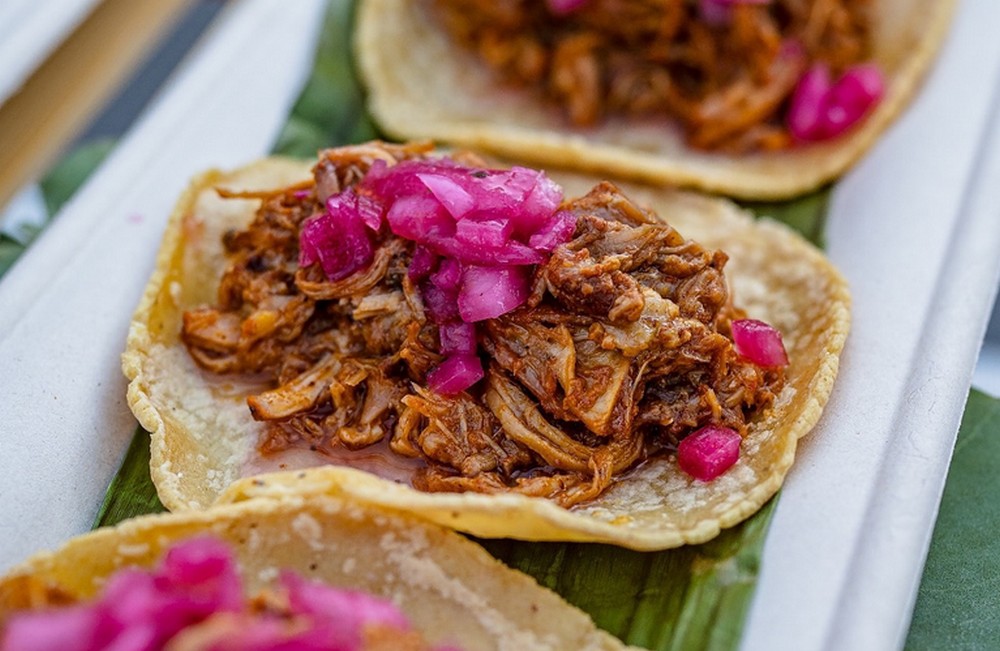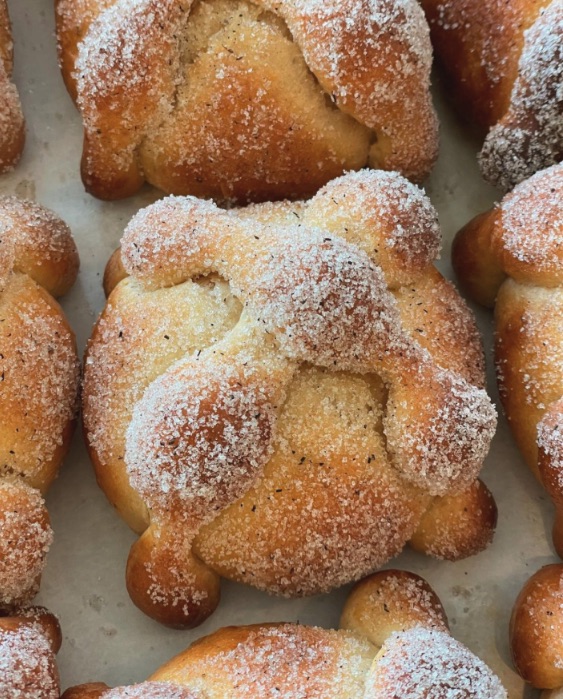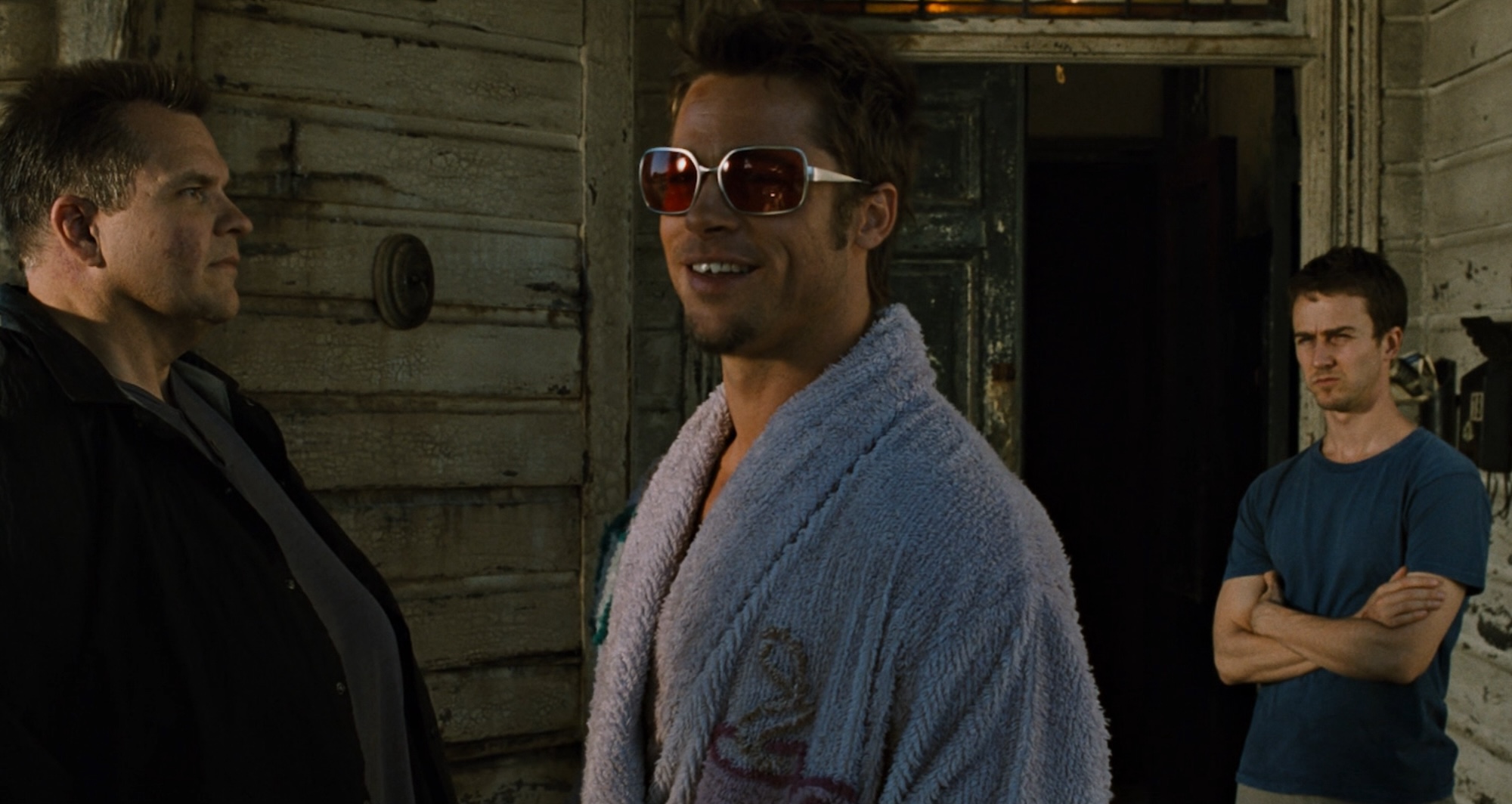Thirteen colorful caritas (faces) etched on hardened corn masa look up at 48-year-old Sinecio Mecinas as he adds the finishing touches on the first batch of this season’s pan de muerto.
The smell of freshly baked, egg yolk-enriched dough is dense inside his cramped bakery, which is incorrectly labeled “Venice Bakery” on Google, but is really called “La Yalaltequita,” an homage to the small mountain town in Oaxaca’s Sierra Norte where he comes from.
Mecinas is crouched over, carefully drawing ornate designs on his pan de muerto. His colorful outlines on the human-shaped dough figurines resemble something between papel picado and huipiles; every design he makes is unique.
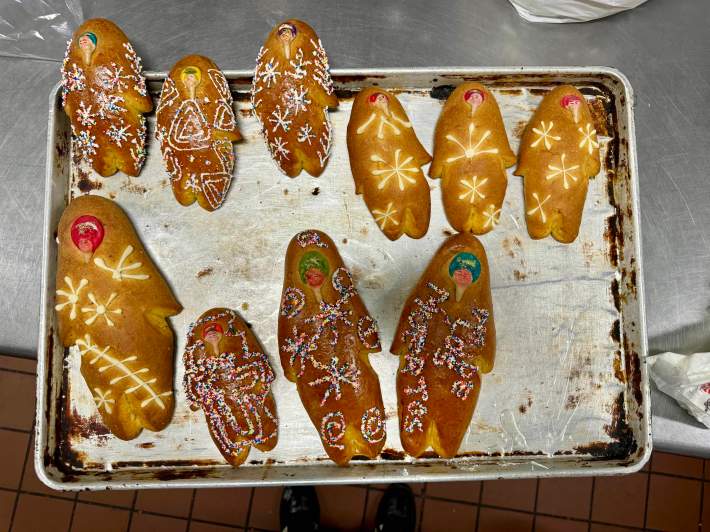
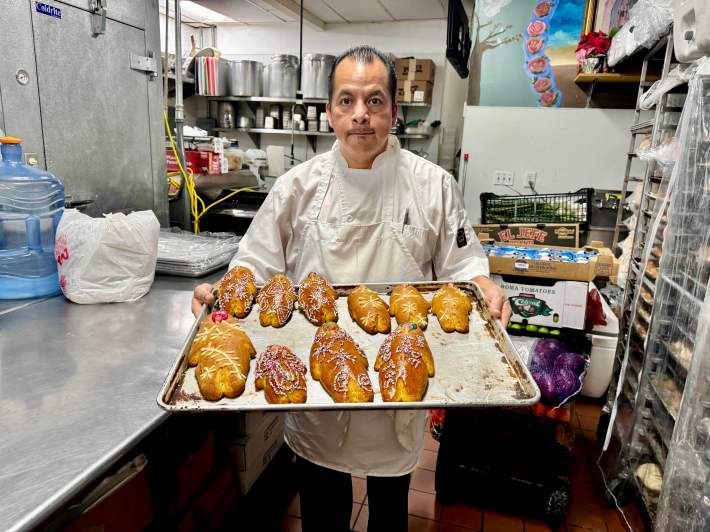
The bakery is a bonafide L.A. strip mall gem that sells tortillas made from nixtamal—they ranked high in Gustavo Arellano’s Tortilla Tournament—as well as traditional Oaxacan dishes, available through counter service. It also offers dozens of other varieties of pan dulce.
In the first week of October, however, it’s the calm before the Muertos storm. Every week leading up to Dia de Muertos, Mecinas will sell dozens of his traditional pan de muerto that many Oaxaqueños use in their altars.
“Ya se siente el frio de los muertos,” he tells L.A. TACO, using a popular expression that Oaxacans use, as the summer season transitions to the colder Dia de Muertos season. ("You can already feel the cold of the dead.")
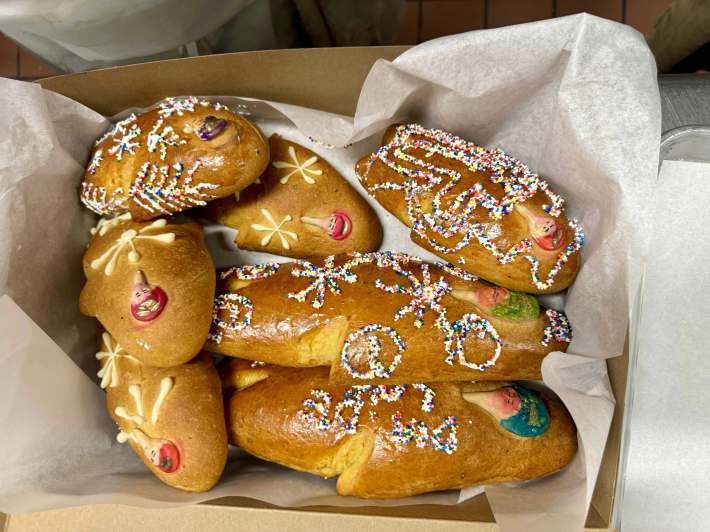
Mecinas’ oblong pan de muerto, with hand-painted art, or those masa caritas, are unlike most of the circular pan de muerto found in every other bakery, covered in sugar and topped with a symbolic “skull and bones” X-formation.
The dough is similar, lightly perfumed with crushed anise and cinnamon, but Mecinas' style is more like the pan de muerto you'll find in Oaxaca. He also makes medium-sized, and an extra jumbo pan de muerto that's about the size of a two-year-old child.
Mecinas is originally from Hidalgo Yalalag, where residents speak a Zapotecan dialect more commonly than Spanish. The small municipality is located three hours south of Oaxaca City. The baker recounts one of his biggest challenges in leaving his hometown.
“Learning Spanish is one of your biggest struggles when you leave the pueblo," he tells L.A. TACO. "It’s not our first language, but you learn fast here while you work.”
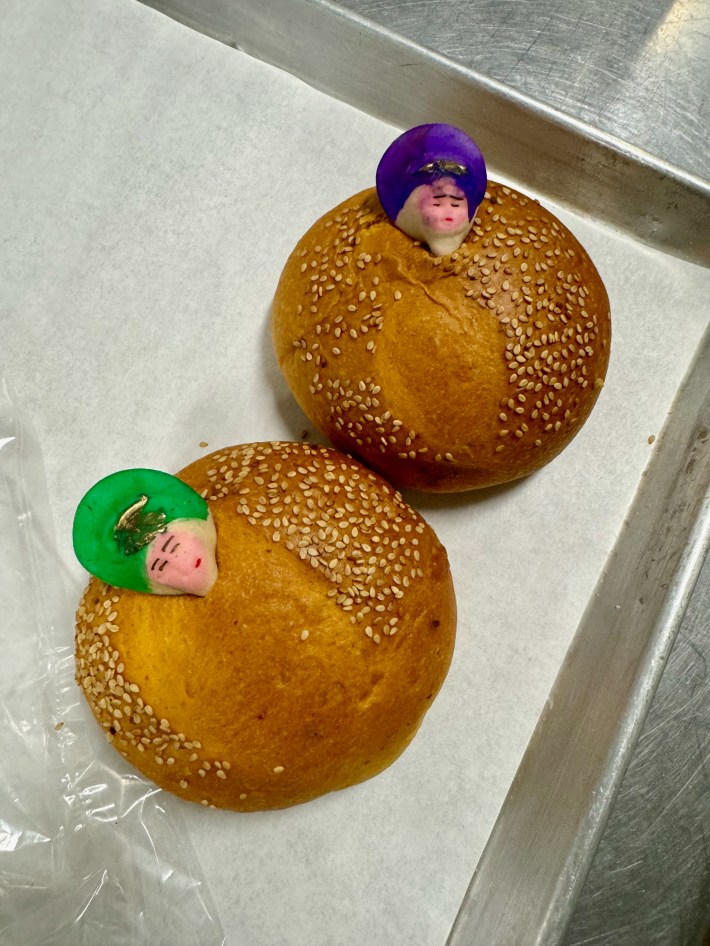
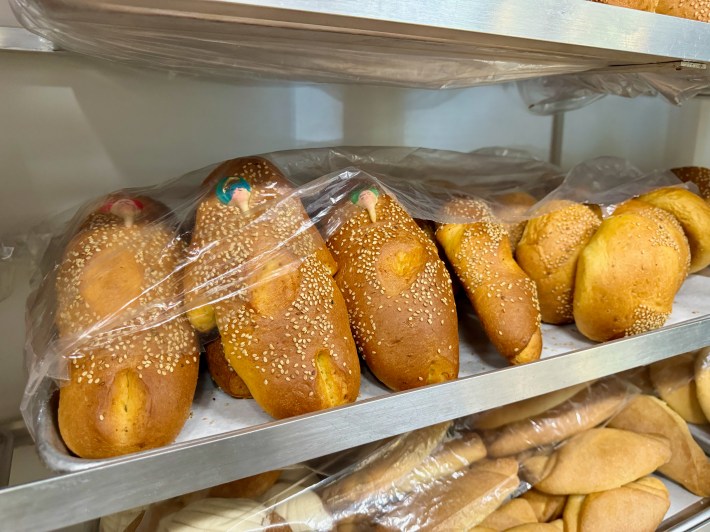
Like many Oaxaqueños who moved to Los Angeles, lovingly called “OaxaCalifornia,” he found work among L.A.’s vibrant Oaxacan food scene. He started as a dishwasher, but only worked as an employee for four years before saving his money and risking it on his small business opportunity at La Yalaltequita, carrying the baking legacy of his parents and grandparents to his new home.
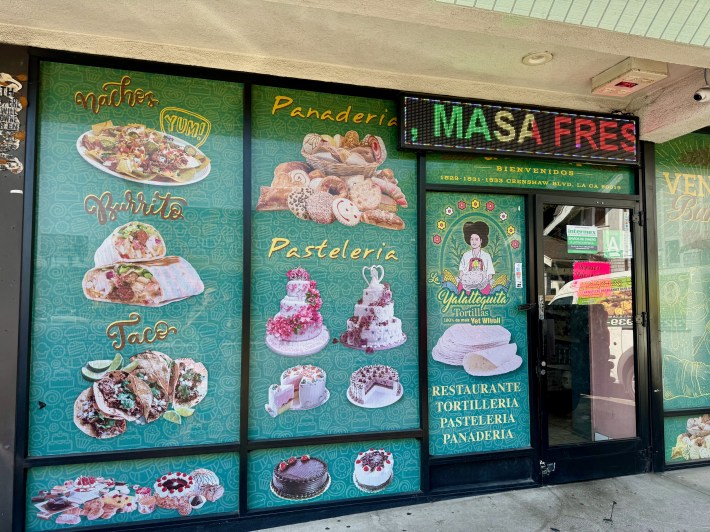
His son, Jeffrey, has shown interest in the family business, following in his father’s footsteps and starting to work with him.
“Since I was a kid, my father always brought me and my siblings to work, and I remember I used to put on a small apron to help my father," says Jeffrey, who oversees the bread and tortillas while Sinecio manages the restaurant. "I’m grateful for my father for maintaining this bread-baking tradition. It’s our roots. It makes me so proud to keep my family’s legacy alive."
As more Dia de Muertos fans begin to learn how to build their altars this year, establishments like La Yalaltequita, which still makes pan de muerto the painstaking, hand-drawn way, are as crucial as ever.
1531 Crenshaw Blvd. Los Angeles, CA 90019
